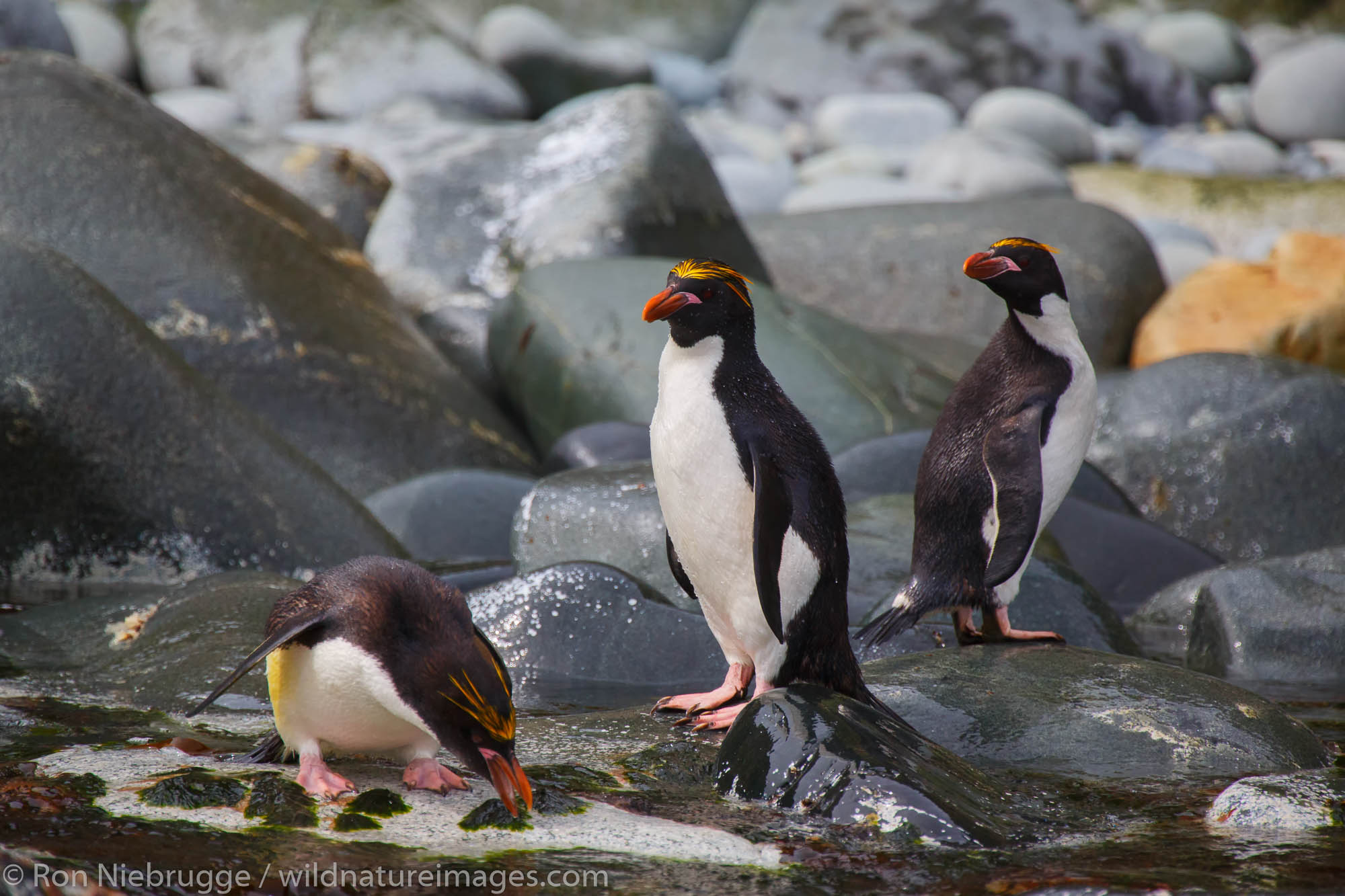

Their antics and inquisitive nature delighted the early Antarctic explorers, while their depraved mating habits shocked scientists and were deemed too “indecent” for publication in 1912.ĭuring winter, they migrate to the ice edge to forage for food. But don’t let their formal get-up fool you: Adélies are cheeky. These mid-sized penguins are outfitted in classic black-and- white tuxedos. Of course, when the snow is thick enough, Adélies will plonk on their tums and toboggan. Although they’re adapted for swimming, Adélie penguins are also accomplished long-distance walkers, with some traversing 50km to reach the open water to feed. About 80,000 congregate along the coast near Mawson Station. Adélie penguinĪ truly Antarctic species, Adélies can be found breeding in their thousands in the Australian Antarctic Territory during summer. Industrial fishing for finfish and krill is another potential factor. Scientists aren’t sure exactly why, but climate change may be affecting the abundance and distribution of their favoured prey. Although macaroni penguins are the most numerous penguin species in the world, their numbers are declining. In the Australian realm, macaroni penguins are found on Heard Island and McDonaldIslands. Male macaroni penguins are stay-at- home dads, taking care of most of the parental responsibilities. Like all penguins, macaronies spend the majority of their life at sea, but when they come ashore, they engage in spirited courtship with coordinated head bops and preening. Their distinctive golden crest led to the “macaroni” moniker, which refers to a man with flamboyant fashion sense. As mentioned, they can be differentiated by facial colouring: macaronies have black faces, while royals have whiter visages. Macaroni penguins resemble their royal relatives, with scruffy yellow plumes. The worldwide population has since stabilised, but now faces a new threat: climate change. They reduced the Macca colony to just 5,000 individuals. Nineteenth century sealers slaughtered the penguins en masse to produce oil. The colony on Macquarie numbers more than 70,000 – but this was not always the case. King penguins have been observed diving to depths greater than 300m, and in excess of nine minutes.

They will dive up to 100 times per day, reaching speeds of 12km/h in pursuit of a meal. King penguins forage for fish at the Antarctic Polar Front – a region rich in tasty lanternfish, the kings’ preferred food. They look so different from their streamlined parents that early European explorers thought they were a separate species, which they called “woolly penguins”! At this stage, chicks wear a thick coat of brown down. Once the chicks are big enough, they form “crèches”. Like their emperor relatives, king penguins incubate their eggs on their feet. King penguins have a peculiarly prolonged breeding cycle, with the period from egg-laying to chick-fledging lasting up to 16 months – the longest of any penguin. Here, they form chatty colonies in ice-free areas to moult and mate. King penguins live on both Macquarie Island, and Heard Island and the McDonald Islands. But kings are more eye-catching, with vivid markings reminiscent of a tropical sunset. King penguins are the second-largest penguin species (after emperor penguins), measuring up to one metre tall. Eradication programmes and specially-trained guard dogs are some of the ways we’re trying to protect these pint-sized penguins. Uncontrolled dogs also pose a threat to little penguins, as does human disturbance. Most little penguin colonies are located on offshore islands, where they are somewhat safer from introduced predators like cats and foxes. After dusk, they return home in “rafts” and scurry across the beach in a “penguin parade”. Over the day, they’ll travel up to 20km in search of fish, cephalopods and crustaceans. These petite paddlers make their homes along the coast of southern Australia, with colonies located on Montague Island and Sydney’s Manly Beach in NSW, the St Kilda breakwater in Melbourne, Victoria’s Phillip Island and the aptly-named Penguin Island in WA (among others).Įach morning, little penguins will leave their burrow to spend the day fishing at sea. Only a tad bigger than a bowling pin, little penguins (sometimes called fairy penguins) are the smallest penguin species in the world.


 0 kommentar(er)
0 kommentar(er)
